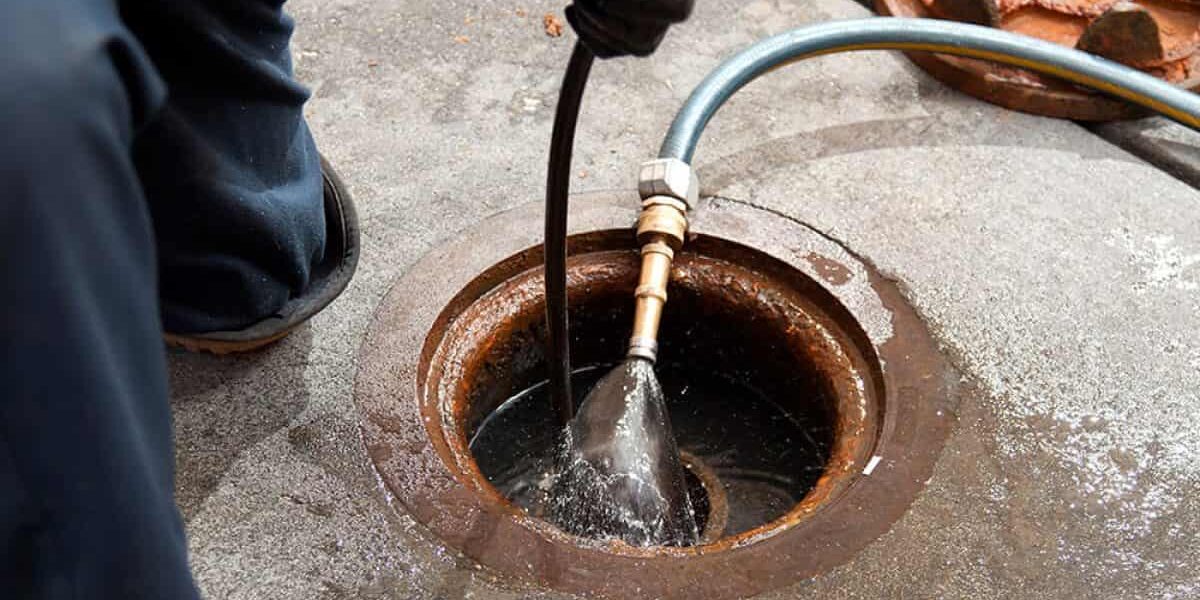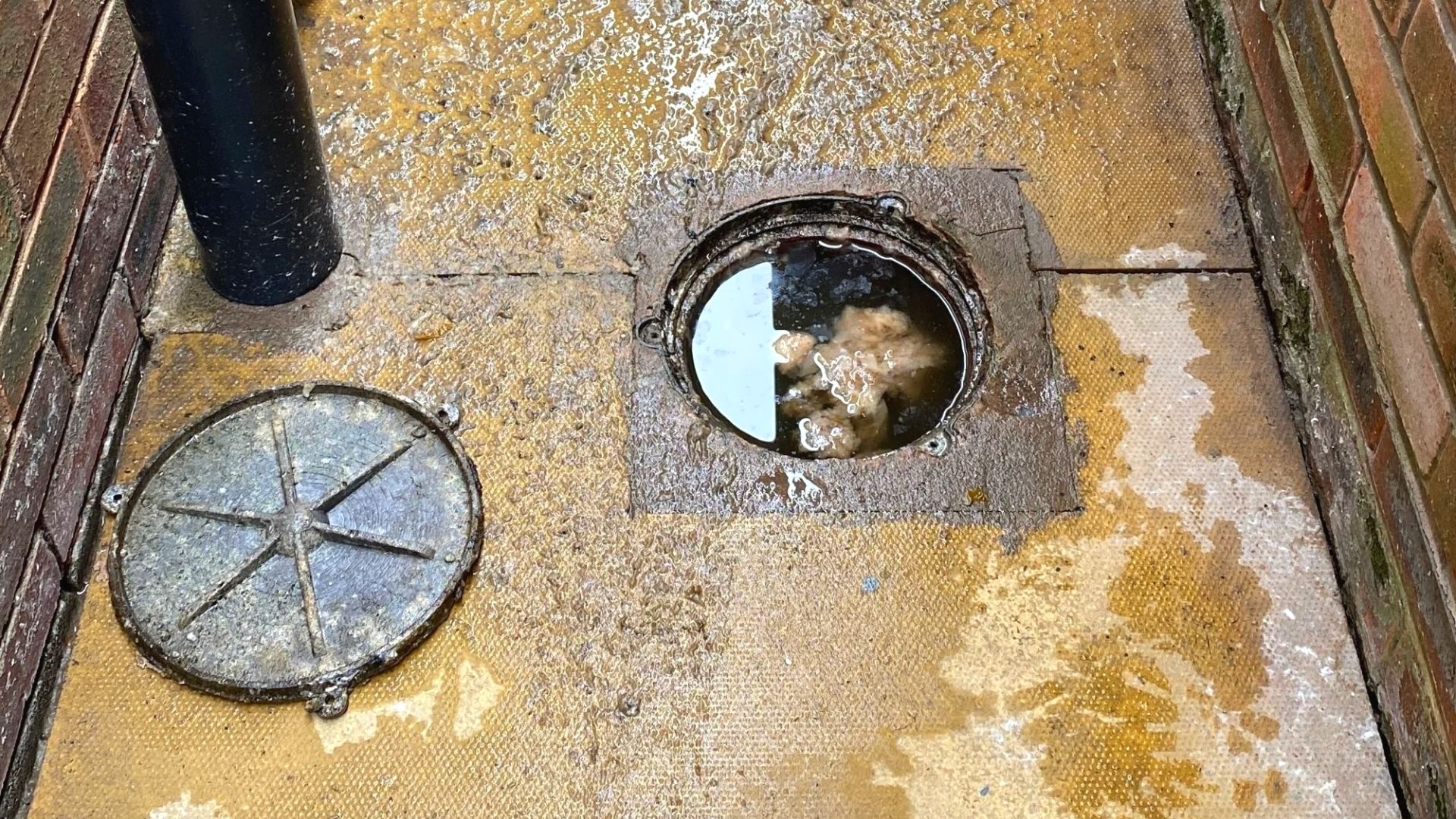Advice for Managing a Blocked Drain Before Seeking Plumbing Professionals
Advice for Managing a Blocked Drain Before Seeking Plumbing Professionals
Blog Article
Just how do you really feel on the subject of How to handle a clogged drain in your home?

Introduction
Taking care of a blocked drainpipe can be a discouraging experience, interfering with daily tasks and potentially causing damages to your home. However, prior to reaching out to plumbing professionals, there are actions you can require to attend to the concern on your own. In this guide, we'll check out DIY solutions and preventive measures to deal with a blocked drainpipe efficiently.
Determining the Problem
The very first step in dealing with a blocked drainpipe is acknowledging the indications. Slow-moving water drainage, gurgling audios, foul odors rising from drains, or water backing up prevail signs of a blocked drainpipe. Determining these indicators early can help stop additionally problems.
Typical Sources Of Obstructed Drainpipes
Comprehending the variables that add to drain pipes blockages is necessary for reliable resolution. Usual wrongdoers include hair, soap scum, grease, food debris, and international things like hygienic items or paper towels. Tree roots attacking below ground pipelines can additionally trigger considerable blockages.
DIY Solutions
For small obstructions, a number of DIY options can be reliable. Pouring boiling water down the drain can aid dissolve oil and debris. Sodium bicarbonate and vinegar or a mixture of salt and baking soft drink can function as natural cleaners. Utilizing a bettor or pipes serpent to displace blockages is one more alternative.
Tools and Tools
Having the right tools accessible can make do it yourself drainpipe cleaning up a lot more reliable. A plunger is a functional device for getting rid of obstructions in sinks, bathrooms, and showers. A pipes snake or auger can get to much deeper clogs, while drainpipe cleaning chemicals can be made use of very carefully for stubborn blockages.
Safety nets
To prevent future obstructions, embracing preventive measures is critical. Install drain guards or strainers to capture hair and particles before they get in the pipes. Consistently flush drains with warm water to liquify grease buildup, and stay clear of disposing of oil or solid waste down the drain.
When to Call a Specialist
While DIY services can deal with small obstructions, specific indicators indicate the demand for professional support. Consistent obstructions, foul odors despite cleaning up efforts, or numerous drains backing up at the same time are red flags that necessitate skilled treatment.
Choosing the Right Plumbing Service
When picking a pipes service, think about factors such as experience, licensing, and consumer testimonials. Pick a trustworthy plumbing with a record of top quality craftsmanship and transparent pricing techniques.
Price Considerations
The expense of specialist drain cleaning services can vary relying on the severity of the obstruction and the plumbing's prices. Demand quotes from multiple suppliers and ask about any service charges to make sure openness and stay clear of shocks.
Safety and security Measures
When trying DIY drainpipe cleansing, prioritize safety and security. Wear protective handwear covers and glasses to stay clear of contact with dangerous chemicals or germs. Never ever blend different drainpipe cleaning items, as this can create unsafe fumes.
Situation Studies
Real-life instances highlight the performance of DIY services and the significance of prompt specialist intervention in solving drainpipe blockages.
Final thought
By complying with the suggestions laid out in this overview, you can efficiently tackle blocked drains and stop future plumbing issues. Whether selecting do it yourself solutions or looking for professional assistance, prompt action is vital to maintaining a healthy pipes system and protecting the integrity of your home.
WHAT I LEARNED FROM TRYING TO DEAL WITH A CLOGGED DRAIN
We have had our share of seepages and other annoying things that are part of living, especially in an apartment complex. And if there’s one thing that’s terrifying for a homeowner—or even someone in a rented home—it is a clogged drain, indoors or outdoors.
We enjoy our living space, but it’s simply a fact of life that dead skin, soap and a host of other items go down the drain; eventually, the residue builds up and prevents anything from moving. Ugh.
Not Calling A Professional
Of course, it might seem simple to just whip the pipe off under the sink and see if you can unblock it. Unfortunately, what if the blockage isn’t there, or you don’t reconnect it properly? Worse, you might break a piece and have no drainage system. Can you imagine that scene? Yuck!
Not Watching Your Waste
This will sound d’uh, but the best tip I can give you for drain cleaning is to avoid clogging the drain in the first place! You can do this by monitoring what goes down the drain and catching the items which are most likely to give you a problem. Invariably hair, vegetable peels, and large wads of toilet paper are the most obvious culprits. Add a filter—these are available in hardware stores and can be removed and cleaned easily.
Poking The Drain
The first urge with a clogged drain is to poke at it with a stick or anything that resembles a stick. Sadly, this does not result in magically solving the issue. The mental image is, naturally, one of the stick just pushing through the offending item and all is well again. Reality is quite different and unpleasant and likely to lead to further problems.
The thing is, every drain has a series of bends that are not visible to us. Drains are built this way to prevent gases from entering the house. What happens when you poke a stick into the drain? Of course, it can’t bend around the corner. The more adventurous people will use force and end up wedging the stick or causing it to break off in the pipe—creating an even bigger issue. Worst thing? The stick will shift the block further down the pipe, creating the space for more to collect. Go ahead! Roll your eyes!
Using The Wrong Plunger
You know what they say: the right tool for the right job! Did you know there are different types of plungers besides the basic one we keep at home for an emergency? Yes, there are. For example, the toilet plunger has a bell-shaped bottom while the sink plunger is flat. This is an important difference and using the wrong plunger will be useless. There’s also a knack in using plungers—they must be placed in such a way that they create an airtight seal and then, moved slowly up and down—not as fast as we imagine.
https://vidyasury.com/2018/01/learned-trying-deal-clogged-drain.html

Hopefully you enjoyed reading our excerpt on What I learned from trying to deal with a clogged drain. Thanks for spending some time to read our blog. Be sure to take the opportunity to distribute this blog posting if you enjoyed reading it. Thanks a lot for going through it.
Schedule Here Report this page